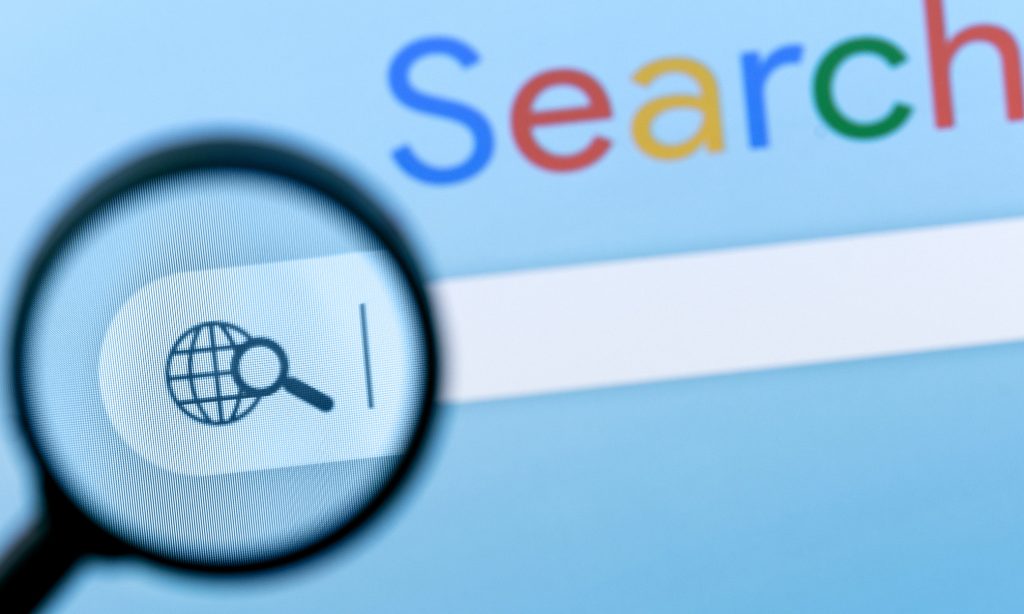by Ryan Dorhn
The key to your success in the world of sales is increasing the number of meetings you are granted by prospective clients. Developing an effective prospecting process can be the difference between life and death in your sales career. For me, the goal of prospecting is not to sell anything; I am just hoping to meet with a client via phone or in person for 20 minutes. That’s why my goal in prospecting is simply getting to a meeting. Period.
If you are selling during the prospecting phase, you will greatly reduce your success. Over 25 years in sales and marketing, I have seen many prospecting plans from many unique angles. I also have identified five factors in the prospecting process that increase the chances of being granted a meeting with a prospective client. I call this my “T.A.R.G.E.T.” prospecting tool. I use this tool every day in writing prospecting emails and leaving voicemails for prospects. This tool breaks down into six pieces and each component builds on its previous piece. I’m sharing it with you here.
My T.A.R.G.E.T. Tool
I use a system that I call “T.A.R.G.E.T.” to keep me on track in prospecting. Let me explain it in detail.
The “T” in T.A.R.G.E.T. stands for “time.”
A person’s time is highly valuable to them each and every day. The fact that many other salespeople have wasted someone’s time is a main reason more prospects won’t grant you access to present to them.
That said, when you target prospects, it’s imperative that you focus on not wasting their time in your prospecting emails and voicemails. You want to articulate that you realize other sales people may have wasted their time, but you should be careful not to sound like all the other sellers who emailed them that day. Rather than using the trite, “I know that your time is valuable” or, “I want to be respectful of your time,” consider phrases such as, “I promise not to waste your time.” Or, “I’m sure other sales people in the past have wasted your time.”
The “A” in T.A.R.G.E.T. stands for “authentic.”
Showing an authentic face to those you don’t know is critical to breaking the ice. People who are authentic are not afraid to admit their faults and they’re more focused on others than themselves. Authentic people truly want to help you. Consider how you can express authenticity in your emails and voicemails using phrases such as, “I truly feel that this idea will benefit you.” Or, “I have seen firsthand how this has benefited my other clients.” Or, “I have three clients like you that are seeing solid success working with us.” Or, “I fully recognize the fact that you do not know me.” Your authenticity is also further driven by your focus on all the points in the T.A.R.G.E.T. system I propose.
Be Sure You’re Relevant
Next in line is “R” and in the T.A.R.G.E.T. system it stands for “relevant.”
There is nothing worse than receiving an irrelevant, generic sales email from someone you do not know. I am amazed that companies still continue to use this approach as a prospecting tool. It does not work — unless you email thousands of prospects — and even then, results are hit and miss.
Instead, aim to quickly show relevance by pointing out a fact from the company’s website or social media page. (Make sure this doesn’t come off as creepy.) You might say, “before reaching out to you, I was doing some research on your website and saw that you have recently moved into the aviation industry.” Or, “while researching your company, I saw on your LinkedIn profile that we both worked for ABC Company.” The reality is that generic does not work. Relevant always wins.
The “G” in T.A.R.G.E.T. stands for “go.”
This premise is simple: make your email focused and your prospect ready to move forward. I’m suggesting that you consider phrases such as, “I truly feel that I can help you with (blank). Can we chat for 20 minutes or less via phone Tuesday at 9 a.m., 11 a.m. or 3 p.m. EST?”
Ethical is Important
The “E” in T.A.R.G.E.T. represents “ethical.”
Have you ever received an email with a great subject line, and then opened the email to discover that you were tricked? The subject line is often the ethical barometer by which you are judged. It sets the tone for getting an email open or reply. Some of my favorite subject lines include the date that you want to meet the prospect and the name of your prospect’s competitor. (Check out my blog, 10 Great Sales Subject Lines at: salestrainingworld.com/sales-training/10-sales-email-subject-lines-to-get-anopen-read-and-reply/.)
The final “T” in T.A.R.G.E.T. stands for tick-tock.
This focuses on the best time to send a prospecting email, the time of day to send it to get a reply, and how to get maximum attention. For instance, we know that 10 a.m. and 2 p.m. are the most common times for meetings in corporate America, so these would be two times to avoid.
Time Your Email
What times of day are predictable for fewer meetings? 11:15 a.m. and 4:15 p.m. are two. That’s because not many meetings are booked at those times. I have seen a dramatic increase in email opens and replies during these two times of day. If you sell to an industry with a different schedule, like restaurants or contractors, you’ll need to alter your prospecting email times to coincide with your potential clients’ work day.
One Final Point
Increasing the number of meetings that you are granted by prospective clients is the key to your success in the world of sales. Period. Without the meeting, you do not have a chance to present anything. Developing an effective prospecting process can be the difference between life and death in your sales career, and email is one step of that process.
Ryan Dohrn is the founder of the sales consulting firm Brain Swell Media, author of “Selling Backwards,” and publisher of SalesTrainingWorld.com. He has worked in sales and marketing for more than 25 years, including roles at the New York Times Company and Disney/ABC TV. He has trained more than 4,000 sales professionals in seven countries and is an internationally certified business coach and acclaimed speaker. He can be reached at: [email protected] and 803-634-3886.










